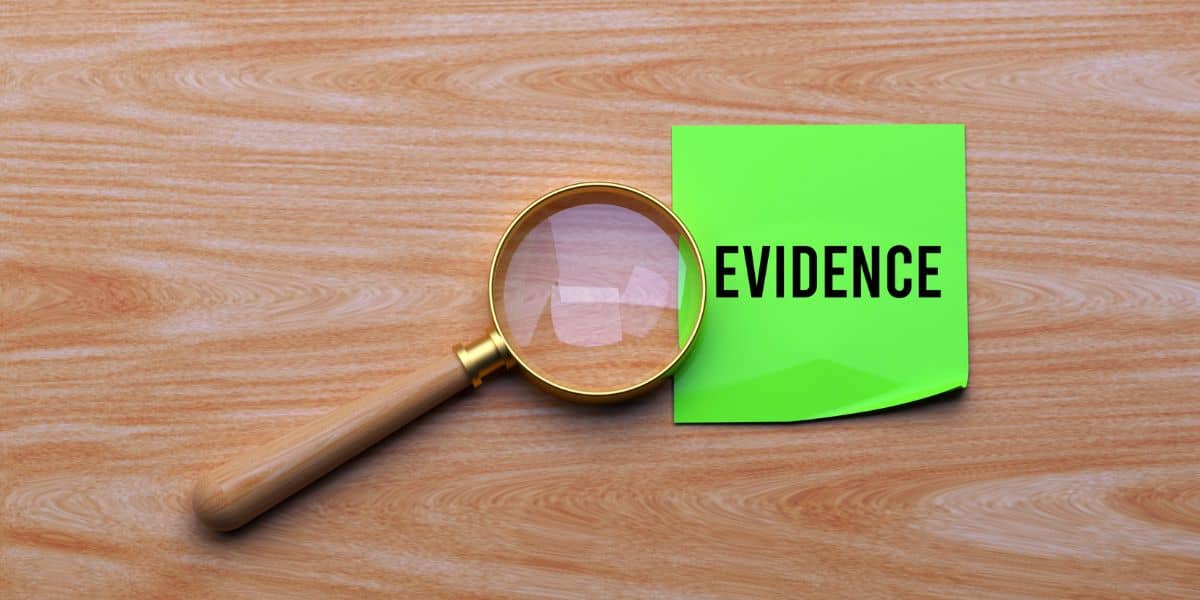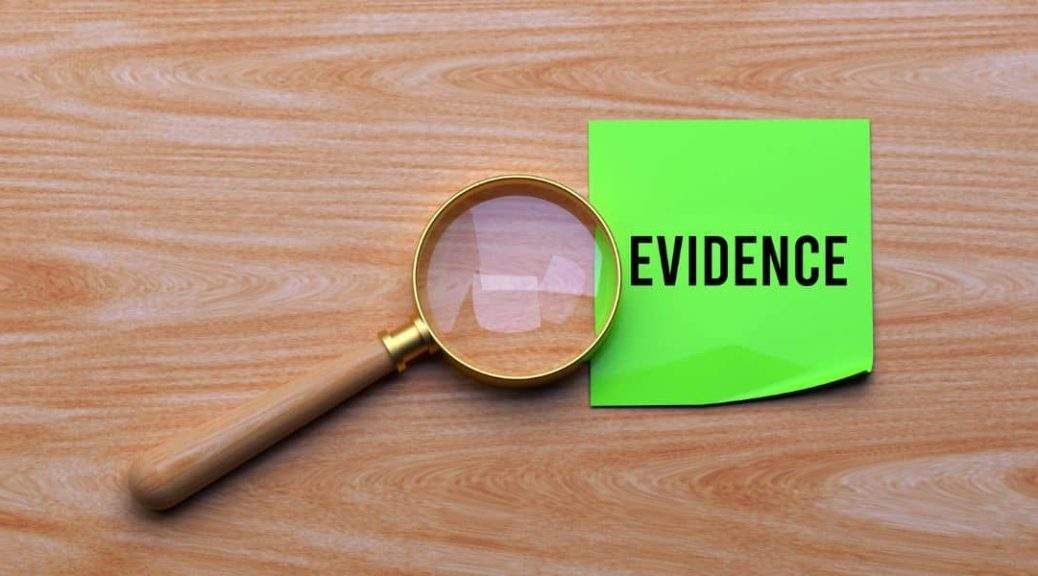Imagine being in a courtroom, where the fate of a person lies in the balance. What makes or breaks their case? Evidence. Whether it’s a legal proceeding, scientific research, or everyday decision-making, evidence plays a pivotal role in shaping our understanding of the truth. In this blog post, we will delve into the different types of evidence, providing you with a comprehensive understanding of how evidence impacts various aspects of our lives.
Types of Evidence in Legal Proceedings
When we think of evidence, our minds often jump to its significance in legal proceedings. In courtrooms, several types of evidence are presented to establish facts and support arguments.
1. Direct Evidence
Direct evidence is evidence that directly proves a fact in question. It relies on personal knowledge or observation and does not require any inference. For example, a video recording of a crime being committed or a witness’s firsthand account of an event are forms of direct evidence. This type of evidence is highly valuable in court as it provides clear, unambiguous support for a particular claim.
2. Circumstantial Evidence
Circumstantial evidence, on the other hand, is indirect evidence that requires inference and interpretation. Unlike direct evidence, it does not directly prove a fact, but rather provides circumstances that create a reasonable inference. For instance, finding a suspect’s fingerprints at a crime scene or having surveillance footage showing the suspect entering and leaving the premises creates circumstantial evidence. Although it doesn’t offer definitive proof, it can be compelling and convincing when combined with other evidence.
3. Physical Evidence
Physical evidence refers to tangible objects or material items that are relevant to a case. DNA samples, fingerprints, weapons, and documents fall under this category. Physical evidence is often considered highly persuasive in court, as it provides objective and concrete proof, leaving little room for interpretation or doubt.
4. Testimonial Evidence
Testimonial evidence includes witness testimonies and expert opinions. Witnesses are called to provide their firsthand accounts of an event or incident, while experts offer their specialized knowledge and opinions on technical or scientific matters. Witness testimonies and expert opinions can be crucial in shaping a case and providing additional perspectives or insights.
Types of Evidence in Scientific Research
Evidence is not limited to the legal realm; it also plays a vital role in scientific research. Let’s explore the different types of evidence commonly used in scientific investigations.
1. Experimental Evidence
Experimental evidence is generated through controlled experiments, where variables are carefully manipulated and measured to establish cause-and-effect relationships. The results obtained from these experiments provide empirical evidence that supports or refutes hypotheses. This type of evidence is fundamental in scientific progress as it enables researchers to draw reliable conclusions and make informed decisions based on their findings.
2. Observational Evidence
Observational evidence relies on observations made in natural settings without deliberately manipulating variables. Field studies, surveys, and observations of behavior or phenomena fall under this category. This type of evidence is commonly used in fields like astronomy, ecology, anthropology, and psychology. Observational evidence helps researchers understand and describe natural phenomena, contributing to our understanding of the world.
3. Statistical Evidence
Statistical evidence involves the analysis of numerical data to draw meaningful conclusions. It involves applying statistical methods and techniques to evaluate patterns, correlations, and trends in data. Statistical evidence is particularly useful when dealing with large amounts of data, allowing researchers to make generalizations and predictions based on samples. This type of evidence ensures a scientific approach to data analysis, enabling researchers to make confident claims backed by sound statistical reasoning.
Types of Evidence in Everyday Life
While legal proceedings and scientific research often come to mind when discussing evidence, it is also relevant in our daily lives. Here are some common forms of evidence we encounter regularly.
1. Documentary Evidence
Documentary evidence includes various written or recorded records that serve as evidence of facts or events. Contracts, receipts, licenses, and official documents are examples of documentary evidence. These documents play a crucial role in verifying transactions, establishing identities, and resolving disputes. In our personal and professional lives, documentary evidence supports our claims and provides a paper trail for important events or agreements.
2. Anecdotal Evidence
Anecdotal evidence refers to subjective, personal stories and experiences that people use to support their claims. While anecdotes can be compelling and relatable, they are considered weak evidence due to their reliance on individual perspectives and limited generalizability. It is important to approach anecdotal evidence with caution, acknowledging its limitations in establishing objective truth.
3. Social Media and Digital Evidence
In our increasingly digital world, social media and digital footprints have become significant forms of evidence. Social media posts, online communications, and digital records can provide crucial information in various scenarios, such as investigations or job application processes. Courts also rely on digital evidence like emails, text messages, or surveillance footage as valuable sources of evidence. However, the authenticity and reliability of digital evidence must be carefully scrutinized to ensure its validity.
Evaluating the Credibility and Reliability of Evidence
Understanding the different types of evidence is essential, but so is evaluating its credibility and reliability. The following factors should be considered when assessing evidence:
-
Source credibility: Consider the qualifications, expertise, and reputation of the source presenting the evidence.
-
Consistency and corroboration: Look for multiple sources or pieces of evidence that support or align with one another.
-
Expertise and qualifications: Assess the competence and knowledge of individuals providing testimonial or expert evidence.
-
Bias and limitations: Be aware of potential biases or limitations that could impact the objectivity or validity of the evidence.
By critically evaluating evidence, we can discern accurate information, avoid misinformation, and make well-informed decisions.
Conclusion
Evidence serves as the backbone of our understanding of truth, whether in legal proceedings, scientific research, or everyday life. The various types of evidence, such as direct evidence, testimonial evidence, physical evidence, and more, play distinct roles in shaping our perception of reality. Knowing the different forms of evidence and the rules of evidence empowers us to recognize reliable information and make sound judgments based on robust evidence. So, let’s embrace a critical mindset and consider the evidence presented to us in various situations to uncover the truth.
The post What are the Different Types of Evidence appeared first on Sydney Private Investigations.



